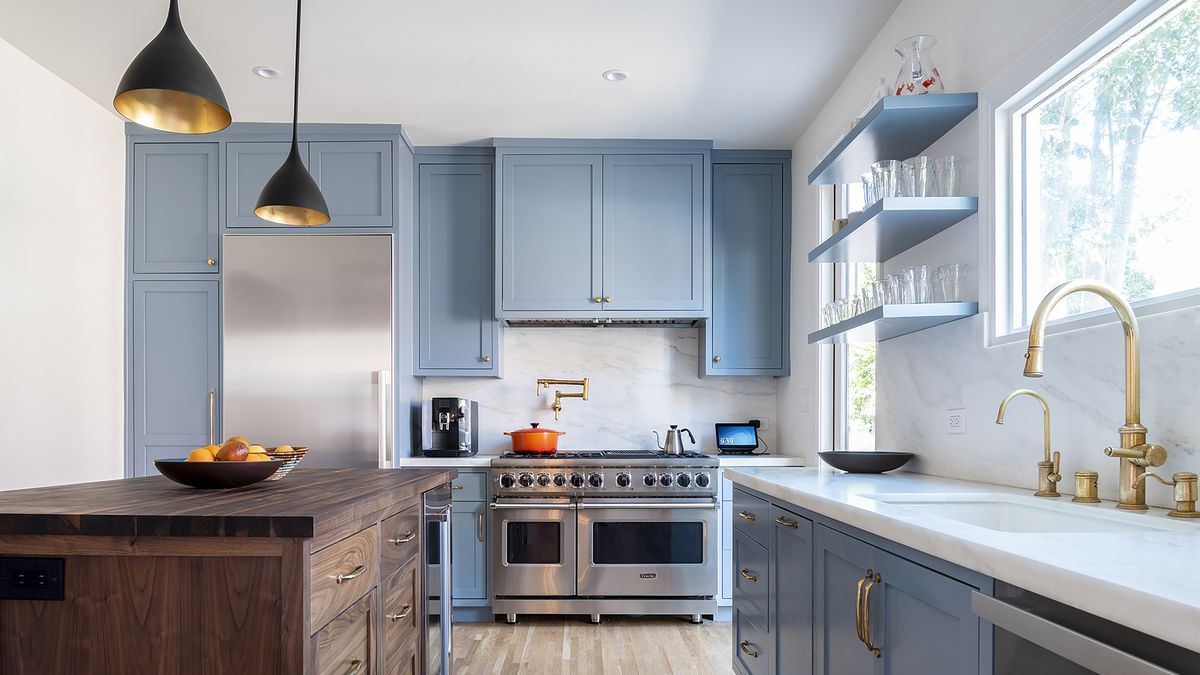Delving into the realm of home architecture reveals a diverse tapestry of styles, each with its distinct characteristics and historical underpinnings. From the sleek lines of Modern architecture to the ornate embellishments of Victorian homes, architectural styles not only influence the external facade of a building but also shape its interior design, including the heart of the home: the kitchen.
- Modern Architecture stands out for its emphasis on simplicity, functionality, and the use of industrial materials. This style celebrates minimalism, open spaces, and natural light.
- Victorian Architecture, dating back to the 19th century, is renowned for its decorative trim, asymmetrical shapes, and detailed craftsmanship, reflecting an era of opulence and grandeur.
- Craftsman Architecture prioritizes handcrafted beauty, natural materials, and a closer connection to the outdoors. It showcases detailed woodworking, built-in furniture, and a sturdy, yet warm aesthetic.
- Colonial Architecture is characterized by its symmetry, classic proportions, and use of traditional elements. This style often features a centered front door, evenly spaced windows, and decorative crown molding.

© Source: Goodhousekeeping.com
The Role of Kitchen Cabinets in Home Design
Kitchen cabinets play a pivotal role in defining the functionality and aesthetic appeal of a kitchen. Beyond their practical use for storage, cabinets contribute significantly to the overall design theme and ambiance of the space. They have the power to either complement the architectural style of the home, enhancing its cohesive beauty, or contrast with it, creating a striking visual interest. Choosing the right cabinetry involves a careful consideration of style, material, and color to achieve the desired effect. For those looking into options, RTA cabinets offer a flexible and cost-effective solution to meet these needs.
Matching Kitchen Cabinets with Architectural Styles
Aligning kitchen cabinet designs with the home's architectural style ensures a seamless aesthetic flow throughout the space, enhancing both its value and appeal.
- Modern/Contemporary Architecture: Opt for minimalist cabinets with clean lines, neutral colors, and a lack of ornamentation. Materials like polished concrete, stainless steel, or glass accentuate the modern look.
- Victorian Architecture: Choose ornate cabinets with intricate details and rich colors. Dark wood cabinets adorned with elaborate hardware and decorative moldings pay homage to the Victorian era's grandiosity.
- Craftsman Architecture: Select sturdy, wood cabinets that showcase fine craftsmanship and attention to detail. Natural finishes and custom joinery reflect the Craftsman's appreciation for artisanal work.
- Colonial Architecture: Go for traditional designs that emphasize symmetry and classic colors. White, cream, or light wood cabinets with panel doors and simple hardware complement the Colonial aesthetic.
To further refine your selection, consider these elements:
- Materials: Choose materials that resonate with the architectural style. Natural woods suit Craftsman and Colonial styles, while metal and glass fit Modern homes.
- Colors: Select cabinet colors that enhance the architectural style's palette. Neutrals work well in Modern homes, whereas rich, deep tones suit Victorian interiors.
- Hardware: Pick hardware that complements the style's character. Sleek, simple handles are ideal for Modern kitchens, whereas ornate knobs and pulls enhance Victorian cabinets.
Case Studies
Reviewing real-life examples provides tangible insights into how kitchen cabinet design can harmonize with a home's architecture. Homes that have undergone kitchen transformations demonstrate the impactful role cabinets play in enhancing architectural integrity. These case studies often reveal before-and-after scenarios where mismatched designs evolve into cohesive, stylistically aligned spaces.
Designing for Cohesion and Functionality
Achieving a balance between aesthetic cohesion and practical functionality in kitchen design is paramount. While the visual integration of cabinets with the home's architectural style is crucial, one must not overlook the functional aspects of kitchen design. Ergonomics, storage solutions, and workflow efficiency are key considerations. Design choices should support a harmonious blend of beauty and usability, ensuring the kitchen is not only visually appealing but also fully functional for everyday living.
Challenges and Solutions
Homeowners often encounter hurdles in aligning kitchen cabinet design with their home's architectural style. These challenges range from limited material options to budget constraints. Engaging with design professionals can provide tailored solutions, offering creative ways to overcome obstacles. Custom designs, alternative materials, and strategic use of color can all serve to bridge the gap between existing architectural elements and the ideal kitchen cabinet design.
The Future of Kitchen Design in Home Architecture
Looking ahead, the intersection of technology, sustainability, and evolving design trends will continue to shape kitchen architecture. Innovative materials, smart appliances, and a growing emphasis on eco-friendly practices are poised to influence cabinet design choices. As architectural styles evolve, so too will the approaches to integrating kitchen cabinets, promising an ever-more personalized and environmentally conscious approach to home design.
Engage with Professionals: For homeowners seeking a truly harmonized kitchen and architectural design, consulting with design experts can offer customized advice and innovative solutions. Their expertise can transform your vision into reality, ensuring a seamless blend of style and functionality.





Leave a Reply